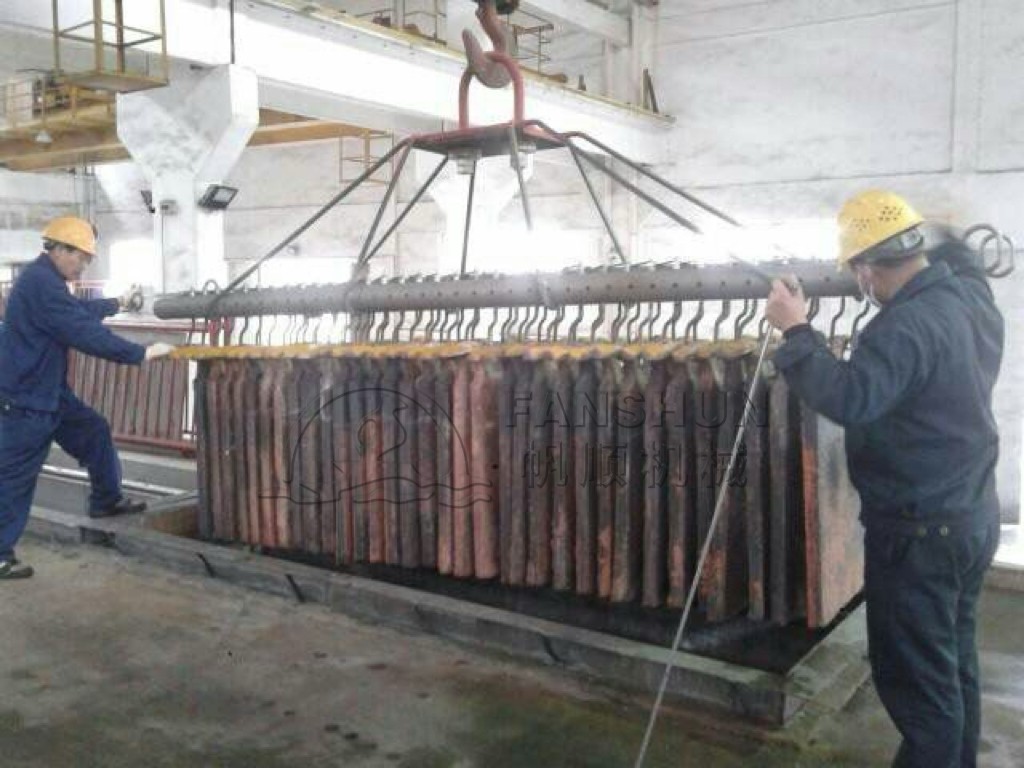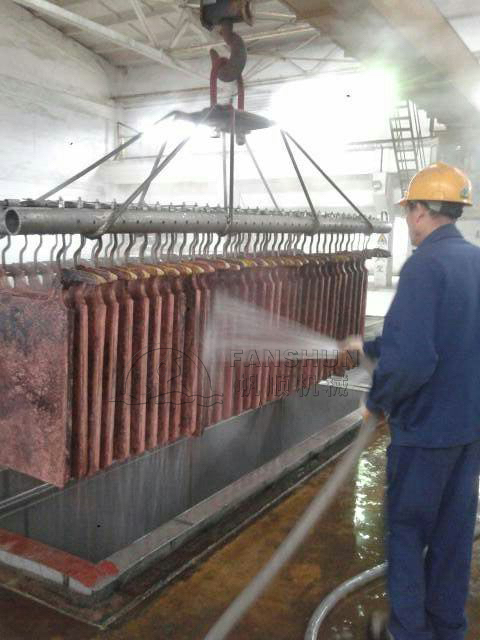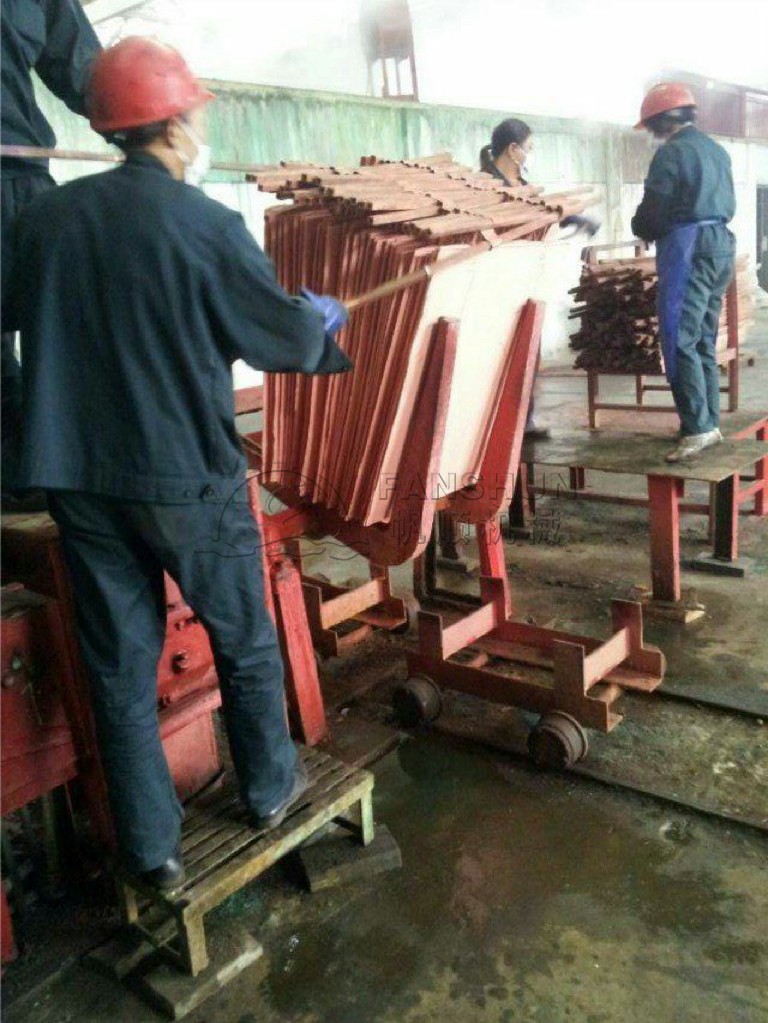How Does the Electrolytic Copper Process Work? Everything You Need to Know
In the modern industrial world, the demand for high-purity copper is higher than ever before. From electrical wiring to electronics, copper is the backbone of countless applications. Among all the techniques used to produce this essential metal, the electrolytic copper production process stands out as the most reliable, efficient, and high-purity method. This article explains everything you need to know about the electrolytic copper production process, from raw material to final product, while exploring its many interconnected stages like electrolytic refining of copper, the copper electrolysis process, the copper cathode production process, and copper purification via electrolysis.
What Is the Electrolytic Copper Production Process?
The electrolytic copper production process is a multi-step industrial method designed to purify copper through electrochemical principles. This process is essential for removing impurities from blister copper, which is only about 98–99% pure. Through the electrolytic copper production process, manufacturers can produce copper that is 99.99% pure or higher.
The core of the electrolytic copper production process lies in a technique known as electrolytic refining of copper. This involves using electric current to transfer copper from an impure anode to a pure cathode inside an electrolytic cell. The chemical reactions ensure that only copper is deposited, while impurities either fall away or remain in the solution.
How Does the Copper Electrolysis Process Work?
The copper electrolysis process is the heart of the electrolytic copper production process. It involves setting up an electrolytic cell containing two electrodes and an electrolyte solution of copper sulfate and sulfuric acid.
During the copper electrolysis process, the impure copper anode dissolves, releasing copper ions into the solution. These ions then migrate to the cathode, where they gain electrons and solidify as pure copper. The copper electrolysis process is highly controlled, ensuring efficiency and minimal loss of material.
A major advantage of the copper electrolysis process is that it allows selective purification. Precious metals like gold and silver settle at the bottom as sludge, which can be recovered later.
Copper Cathode Production Process: From Anode to Market
The final product of the electrolytic copper production process is the high-purity copper cathode. These cathodes are produced through the copper cathode production process, a systematic procedure that begins with impure anodes and ends with refined copper sheets.
The copper cathode production process is tightly integrated with both the copper electrolysis process and the electrolytic refining of copper. As the copper ions deposit on the cathode, they form layers of pure copper. Once the cathode reaches the desired thickness, it is removed, washed, and trimmed to create a market-ready product.
The copper cathode production process ensures consistent thickness, weight, and purity. Industries like electronics and telecommunications rely heavily on cathodes produced through this method.
Copper Purification via Electrolysis: Ensuring Quality
Copper purification via electrolysis is not just a stage—it's a philosophy embedded in the electrolytic copper production process. This purification method is vital for ensuring copper meets the demanding standards required by modern technologies.
Through copper purification via electrolysis, impurities like iron, nickel, arsenic, and even noble metals are efficiently separated. This process increases the value and usability of the final product. Without copper purification via electrolysis, the copper cathode production process would not achieve such high purity levels.
Furthermore, copper purification via electrolysis allows recycling. Scrap copper can be melted and reintroduced into the copper electrolysis process, saving energy and materials.
Electrolytic Refining of Copper: The Science Behind Purity
The electrolytic refining of copper is one of the oldest and most effective metal purification methods. Used as a key part of the electrolytic copper production process, it converts low-grade copper into high-grade material suitable for commercial use.
In the electrolytic refining of copper, blister copper is cast into large plates that serve as anodes. These are immersed in an electrolyte solution along with thin starter sheets (cathodes). As electric current passes through, the copper dissolves from the anode and deposits onto the cathode.
The electrolytic refining of copper is essential because it offers exact control over the copper’s purity level. It is widely regarded as the most sustainable method, especially when combined with copper purification via electrolysis.
Why the Electrolytic Copper Production Process Matters
The electrolytic copper production process is more than just a technical achievement. It’s a necessary step in ensuring that industries have access to high-quality copper. As the world increasingly turns to renewable energy and electric vehicles, demand for pure copper will only increase. That’s why both the copper electrolysis process and the copper cathode production process are more relevant today than ever before.
Conclusion
By now, you should have a clear understanding of how the electrolytic copper production process works. Every step—from the electrolytic refining of copper, through the copper electrolysis process, to the final copper cathode production process, and the precision of copper purification via electrolysis—is designed to deliver copper in its purest form.
This process not only meets industrial demands but also sets the standard for sustainability and efficiency. Whether you're a manufacturer, engineer, or just curious about how modern metals are made, understanding the electrolytic copper production process opens the door to appreciating one of the most important materials shaping our technological future.




